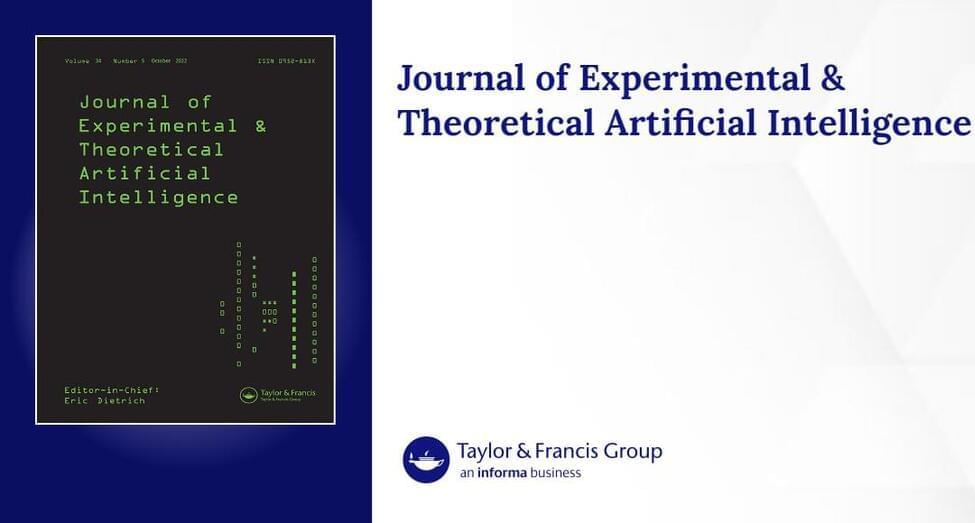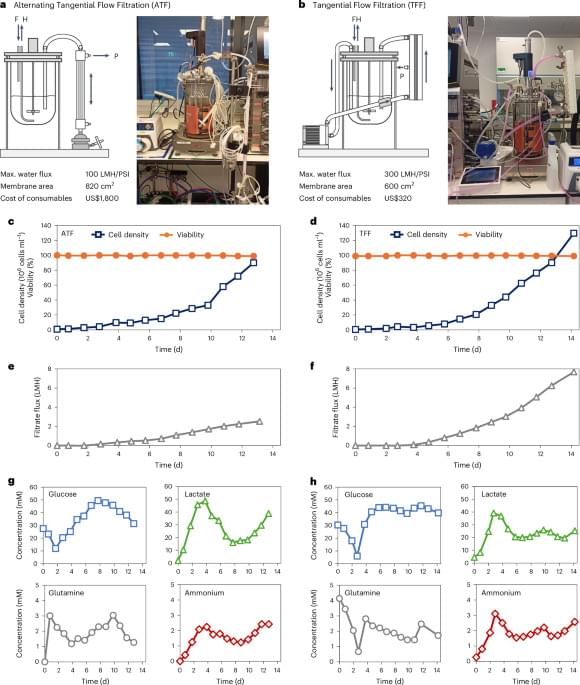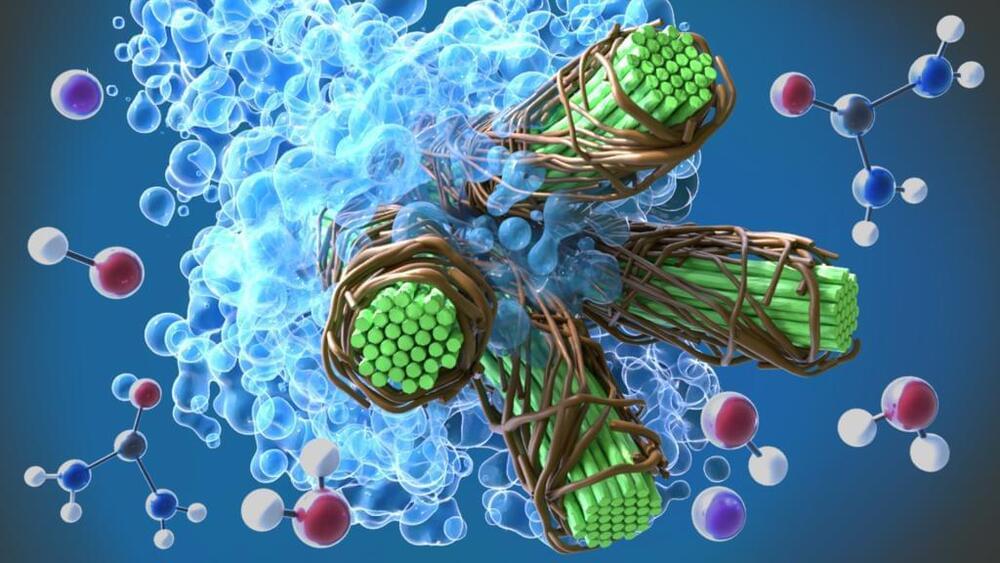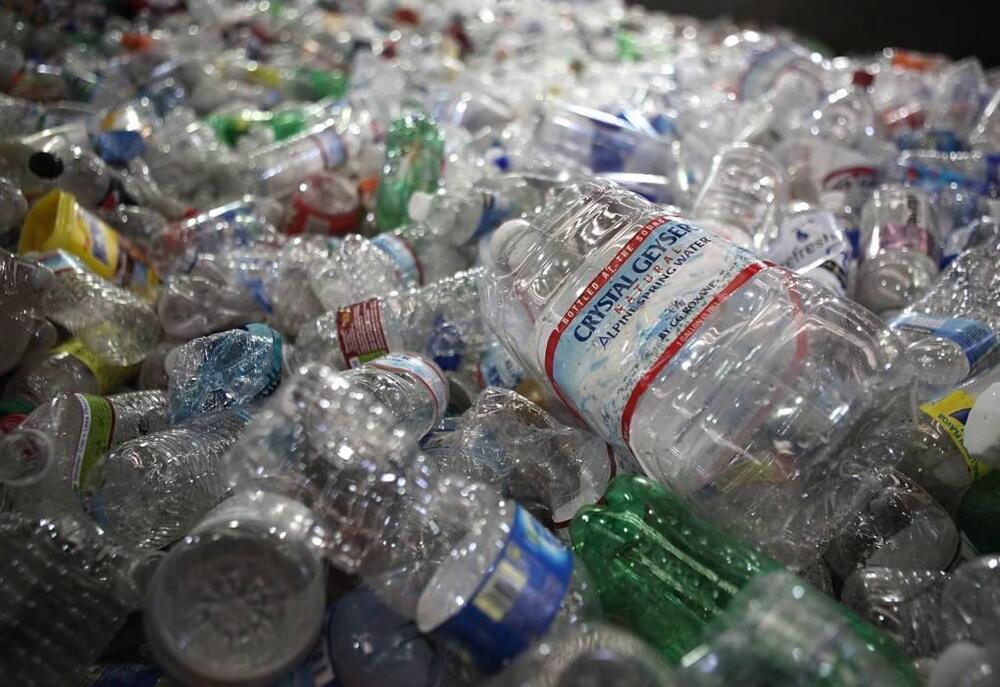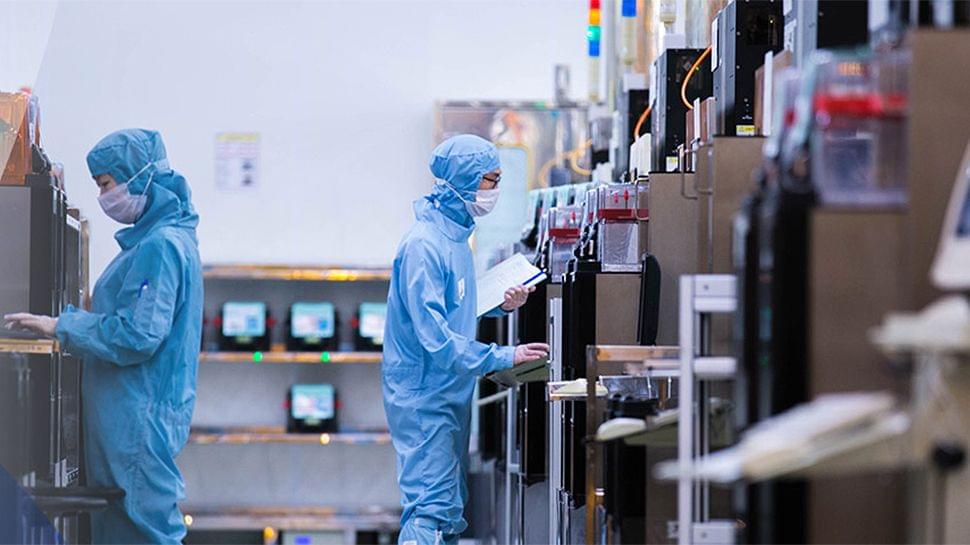A small-N comparative analysis of six different areas of applied artificial intelligence (AI) suggests that the next period of development will require a merging of narrow-AI and strong-AI approaches. This will be necessary as programmers seek to move beyond developing narrowly defined tools to developing software agents capable of acting independently in complex environments. The present stage of artificial intelligence development is propitious for this because of the exponential increases in computer power and in available data streams over the last 25 years, and because of better understanding of the complex logic of intelligence. Applied areas chosen for examination were heart pacemakers, socialist economic planning, computer-based trading, self-driving automobiles, surveillance and sousveillance and artificial intelligence in medicine.
Category: economics – Page 10
AI may equal human intelligence without matching the true nature of our experiences.
A future where the thinking capabilities of computers approach our own is quickly coming into view. We feel ever more powerful machine-learning (ML) algorithms breathing down our necks. Rapid progress in coming decades will bring about machines with human-level intelligence capable of speech and reasoning, with a myriad of contributions to economics, politics and, inevitably, warcraft. The birth of true artificial intelligence will profoundly affect humankind’s future, including whether it has one.
11 likes, — cyberserge on June 20, 2024: Universal Basic income for the unemployed.
#AI #income #future #work #belong #meaning #personaldevelopment #personaltrainer
Data from tangential flow filtration experiments using cell culture medium without animal products are used to estimate the costs of scaled-up, continuous cultivated chicken manufacturing.
A team led by scientists at the Department of Energy’s Oak Ridge National Laboratory identified and successfully demonstrated a new method to process a plant-based material called nanocellulose that reduced energy needs by a whopping 21%. The approach was discovered using molecular simulations run on the lab’s supercomputers, followed by pilot testing and analysis.
The method, leveraging a solvent of sodium hydroxide and urea in water, can significantly lower the production cost of nanocellulosic fiber — a strong, lightweight biomaterial ideal as a composite for 3D-printing structures such as sustainable housing and vehicle assemblies. The findings support the development of a circular bioeconomy in which renewable, biodegradable materials replace petroleum-based resources, decarbonizing the economy and reducing waste.
Colleagues at ORNL, the University of Tennessee, Knoxville, and the University of Maine’s Process Development Center collaborated on the project that targets a more efficient method of producing a highly desirable material. Nanocellulose is a form of the natural polymer cellulose found in plant cell walls that is up to eight times stronger than steel.
With mechanical recycling, “if you mix the sandwich bag and the milk jug together and then try to remake an object from that, you can’t make a very good milk jug and you can’t make a very good sandwich bag,” he said. “We’re trying to bring the plastics back to the chemicals from which they’re made in the first place,” Hartwig said.
The researchers use a catalyst, a component of a chemical reaction that makes it go faster, to vaporize both polyethylene and polypropylene plastics — two of the largest volumes of plastics in existence — transforming the solid waste into gases.
The polymers are reduced to their chemical precursors, which can then be reconstructed. In a press release, the university said the process brings “a circular economy for plastics one step closer to reality.”
China’s investment is driven by a need to secure a stable supply of chips critical to various industries, which is why over a dozen Chinese fabs are coming online in 2024 and 2025. Therefore, this surge in spending is not limited to the country’s top-tier manufacturers, such as Semiconductor Manufacturing International Corp. (SMIC) and Hua Hong, but also includes significant contributions from smaller and mid-sized chipmakers. These investments enabled China to maintain its position as the world’s largest market for chipmaking equipment. Virtually all new Chinese fabs are focused on trailing nodes, as it is hard for Chinese companies to get the advanced tools required to make chips on leading-edge process technologies.
China is the only major market to increase its spending on fab tools compared to the previous year despite a global economic slowdown. In contrast, Taiwan, South Korea, and North America all reduced their investments in wafer fab equipment during the same period.
The spending surge in China has also significantly impacted chipmaking tool makers. Companies like Applied Materials, Lam Research, KLA from the U.S., Tokyo Electron from Japan, and ASML from the Netherlands have all reported increased revenue contributions from Chinese companies. Such contributions range from 32% at Applied to 49% at ASML.
The Universe Has a Memory
Posted in biotech/medical, economics
Gain a deep understanding of the intricate interconnections within technological, economic, societal, biomedical, and environmental systems by earning a Master of Science degree in Complex Systems Science. https://asuonline.asu.edu/online-degr…
Hey remember that time you waved at a stranger who was actually waving at someone behind you? The universe can, at least in its own way. If you thought gravitational waves were wild, just wait until you hear about this thing called gravitational memory.
Hosted by: Niba @NotesbyNiba (she/her)
———
Support us for $8/month on Patreon and keep SciShow going!
/ scishow.
Or support us directly: https://complexly.com/support.
Join our SciShow email list to get the latest news and highlights:
https://mailchi.mp/scishow/email.
———
Huge thanks go to the following Patreon supporters for helping us keep SciShow free for everyone forever: Odditeas, Garrett Galloway, DrakoEsper, Kenny Wilson, J. Copen, Friso, Lyndsay Brown, Jeremy Mattern, Jaap Westera, Rizwan Kassim, Harrison Mills, Christoph Schwanke, Jeffrey Mckishen, Eric Jensen, Chris Mackey, Adam Brainard, Ash, You too can be a nice person, Piya Shedden, charles george, Alex Hackman, Kevin Knupp, Chris Peters, Kevin Bealer, Jason A Saslow.
———
Looking for SciShow elsewhere on the internet?
SciShow Tangents Podcast: https://scishow-tangents.simplecast.com/
TikTok: / scishow.
Twitter: / scishow.
Instagram: / thescishow.
Facebook: / scishow.
Billions of dollars worth of investment rounds later, the Financial Times is now reporting that the company is finally looking to shed its nonprofit status once and for all.
The company is reportedly in talks to raise further new funds, giving it a valuation of north of $100 billion and potentially making it one of the most valuable Silicon Valley firms ever.
OpenAI has since denied the reporting, arguing in a statement to the FT that “the nonprofit is core to our mission and will continue to exist.”
Summary: Human progress requires a culture of openness to change and innovation, which historically has been rare and resisted by established elites. Periods of remarkable achievement, like that seen in Enlightenment Europe, occurred when societies embraced new ideas and allowed for intellectual and economic freedom. The key to sustained progress lies in maintaining a culture of optimism and a politico-economic system that encourages innovation rather than suppressing it.
To make progress, we must do something differently from what we did yesterday, and we must do it faster, better, or with less effort. To accomplish that, we innovate, and we imitate. That takes a certain openness to surprises, and that openness is rare. It is difficult to come up with something that never existed. It’s also dangerous, since most innovations fail.
If you live close to subsistence level, you don’t have a margin for error. So, if someone wants to hunt in a new way or experiment with a new crop, it is not necessarily popular. There is a reason why most historical societies that came up with a way of sustaining themselves tried to stick to that recipe and considered innovators troublemakers.
